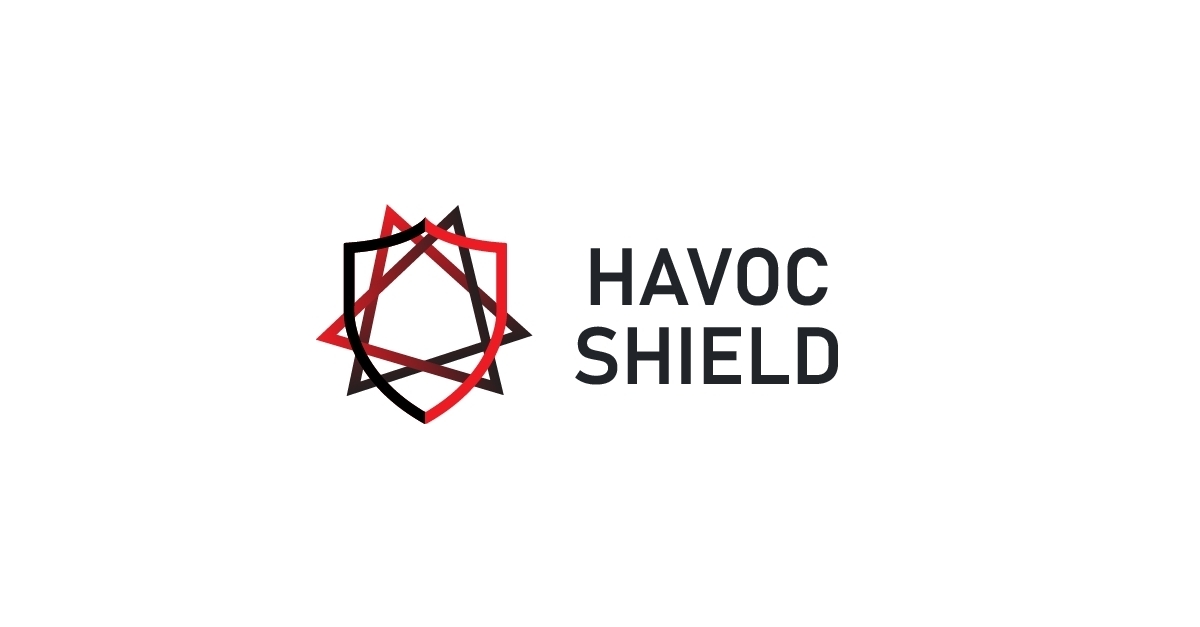This article was authored by Ryohei Fujimaki, Founder and CEO of dotData.
With the venture capital industry making a solid shift, asking for more in return, funding is not what it was just one year ago. In this new economic reality, funding rounds are more challenging to secure. Whether you are running a startup or working with a medium or large pre-IPO company, if you are seeking additional funding capital, you will be met with a new and unique set of challenges. Risks and benefits of funding — and even business plans — are being re-evaluated with greater scrutiny.
Most startup founders (88%) are worried about the current funding environment and say a lack of operating funds is their greatest challenge for 2022, Qualtrics reports. While there are multiple ways to raise capital, most companies and startups have turned to venture capital to secure funding. The VC-funded companies trend has grown exponentially in the past years. In 2021, more than 580 new unicorn companies — VC-backed companies that raised a valuation of $1 billion or more — were formed, according to PitchBook.

If your company is more established, it can also explore alternative ways of raising venture-based or non-venture-based funds. Turning to your customer base can be a good option, especially as it becomes increasingly challenging to access good terms with the VC community as the economic slowdown hits.
The economic downturn: Impacts and opportunities
Fintech News reports that 2021 was a record-breaking year for fintech funding, attracting globally an all-time high of $132 billion, double of the amount raised in 2020. However, as inflation soars, interest rates rise, and the economic downturn triggers a stock market meltdown,
fundraising for private companies and startup valuations have gone into a downward spiral.
Bigger companies that have been overvalued or have been too aggressive in their funding approaches are the most affected. These companies valued over a billion dollars may have recently raised $200 to $300 million, and are spending money at very high rates in a market plagued by disruptions. This implies a big risk for investors. When these big companies return to the VC table to negotiate an additional $300 or $400 million, they will not get the same valuations or conditions that they were offered six months or a year ago.
On the other hand, smaller companies and startups — with minor equity requirements and not looking to raise large amounts of capital — are better positioned for opportunities. It will not be as easy for them as it was in the past, but there is still capital for organizations with that type of funding demand.
Venture capital funding risks: What to look out for
It’s no secret that the tech market has been falling sharply throughout 2022. Nasdaq, which lists the top technology companies, has crashed 32% since its all-time high in November 2021. Ark’s Innovation exchange-traded fund (ETF) (ARKK), investing in disruptive innovation companies, fell by over 50% since 2022 began, as reported by Business Insider.
The risk of failure for a company seeking funds is significantly higher in these challenging economic conditions. Given these risks, VCs want more in exchange for their capital. The venture capital community has gone from being very aggressive and pursuing a significant amount of deals, to being significantly more conservative and not wanting to invest as much as they had before. The cost of the capital has been going up, along with the percentage that the company has to give up in return for funding, and the amount of controlling interest that VCs are asking for.
Customer base: Relationship and product strengthening
dotData, focused on delivering end-to-end data science automation for enterprises, recently raised $31.6 million in Series B funding, bringing the total amount of funding raised to date to $74.6 million. Like dotData, established companies that go down the path of raising the series B through their clients build close relationships with them which can strengthen both.
Your customer base is a friendly audience and knows and understands the value of your product or services. Your customer base will also be paying close attention to the strategic business growth between their business proposition and the benefits that come with investment in your product offering, they are not interested solely in your product growth. This is an angle that must be taken into account when seeking funding from your customers. Strategic investors are paying attention to more than just a startup’s growth.
How to plan capital spending and investment
Investing in your product is the most important thing to do. While the new funding will not necessarily entirely go into your product, a significant portion of it should focus on a product investment perspective. Expanding the product line, moving into new markets, and strategies to grow and improve product offerings are essential.
On the other hand, conservative business strategies are today more respected than they were a year ago due to the economic conditions. Leading organizations are not spending money loosely, have paused hiring, and have begun strengthening their top product offerings. Before spending, and before spending on sales and marketing, companies should think long and hard about the return on investment.
Back to basics: The end of high-growth-focused
Should you be thinking about short or long-term strategies? The answer to this question depends on how short or long-lived the economic slowdown will be. One of the things that has been driving the extensive investment rounds over the last ten years is the amount of funding from the VC community sourced from higher-risk funds.
As the economy begins to slow down, many of these higher-risk funds are now pulling their money out of the VC community and putting it back into the market where they feel they can get higher returns on investment. Until the economic environment stabilizes and shows signs of growth, we won’t probably see the same level of investments. If the economy remains relatively stable, the most likely outcome is that there will be no high growth but some stability in the economy for the next couple of years.
The end of high-growth-focused funding implies that, as less capital becomes available, founders need to focus on spending the investment in ways that will provide high ROI. Fast growth at any cost is no longer the high-ranking priority. In this market the “just spend more money” doesn’t work, capital needs to be invested intelligently to navigate the complex short, medium, and long-term challenges of the global market and its risks. This approach is not new and has reminiscences of the “early days” for investors.
Additionally, the technology sector has been accustomed to the investment spree for years. They have been getting easy funding and spending it as fast as they can to get more funding. Now they face a very difficult situation. They must change their approach rapidly. Going from that kind of mindset to all of a sudden being asked to run the company the way they did back in the 1980s, in a very conservative way, is very complicated for top-level executives.
However, those organizations that do careful planning, think about return on investment, and build and execute conservative business strategies are those that keep ahead of the pack.









